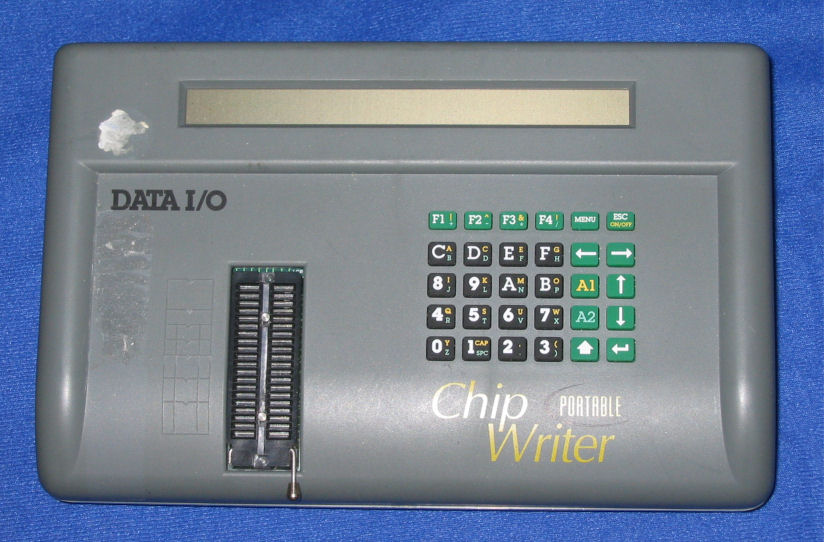
In a number of systems available, the RAM is made nonvolatile by providing battery back-up. This type of memory is normally employed for the temporary storage of the computer programs, at the editing or execution stage, or the storage of data from measuring transducers prior to permanent storage as a disc file. RAM is more correctly defined as read/write memory and data retention is dependent upon power being applied to the device. Random Access Memory (RAM), where data can be read from or written to any specified location. The types of memory chips built into the system basically divide into two categories: 1.

This releases new levels of processing power to accelerate the processing speed in measurement and control applications. Microcomputers such as the IBM-PS2, employing the 8026 microprocessors, have an address bus which is 24-bits wide and can address up to 16M bytes of physical memory. This theoretically constitutes one megabyte of addressable memory. In machines with 8086/8088 microprocessors an additional four bits are effectively made available on the address bus. The memory is further sub-divided into pages with the high-order byte of the address denoting the page number and the low-order byte indicating one of the 256 locations available on each page. This enables 2 16 = 65 536 locations to be addressed, and the total memory capacity of the machine is said to be 64K. 8-bit data bus) the address bus is 16-bits wide. The end result is a highly flexible data manipulation arrangement. The appropriate piece of memory hardware and specific location is selected by means of an address-decoding circuit built up from logic gates within the microcomputer system.
Data io chip writer code#
As a binary code is deposited by the CPU on the address bus, defining a specific location in memory, the contents of that location are selected and placed on the data bus.

Each location is assigned a unique address within the system and data can be selected through the address bus. These basically hold locations capable of storing a binary word. Memory takes the form of one or more integrated circuits.

Memory devices consist of those used to store binary data, which represents the user program instructions, and those which are necessary for the user to operate the system. (Sections 3.5.1–3.5.8), in Mechanical Engineer's Reference Book (Twelfth Edition), 1994 3.2.3 Memory devices This signal, in conjunction with the individual chip enable signals, enables the output tri-state gates of the selected memory chip.Ĭharles J. The various combinations of the decoder select signals A 15, A 16, and A 17 are tabulated in Figure 11.10(b) with the corresponding address range for each memory chip using the assumption that A 18 = A 19 = A 20 = 0.Ī common output enable ( OE) signal is supplied to each of the eight memory chips. Sometimes this can be advantageous to the programmer, and is termed ‘memory fold-back’.
Data io chip writer plus#
at its base address plus an integer multiple (up to 7 times) of 2 17. If this were not done, and the address decoder were always enabled, then each memory location could be accessed at any of eight possible addresses sent out by the microprocessor, i.e. Any other combination of these three address signals will disable the decoder. The decoder is enabled only when A 18 = A 19 = A 20 = 0. Address lines A 18, A 19 and A 20 are connected to an OR gate whose output is connected to the active low enable inputs of the decoder. However, in this case, to ensure that a particular location in the memory can only be accessed by a unique address, a system of absolute decoding is employed. The remaining three address line outputs from the microprocessor could be left unconnected. (a) Memory address decoding for eight 16Kbyte memory chips in a microprocessor system (b) Address ranges Note that I included the np.Figure 11.10. The line that computes the distances:ĭistances = np. In numpy, using the code from above we would need to only replace a single line of code.

In other words we would be computing the pixelwise difference as before, but this time we square all of them, add them up and finally take the square root. For example, in the image below an image classification model takes a single image and assigns probabilities to 4 labels, \] Moreover, as we will see later in the course, many other seemingly distinct Computer Vision tasks (such as object detection, segmentation) can be reduced to image classification.Įxample. This is one of the core problems in Computer Vision that, despite its simplicity, has a large variety of practical applications. In this section we will introduce the Image Classification problem, which is the task of assigning an input image one label from a fixed set of categories.


 0 kommentar(er)
0 kommentar(er)
